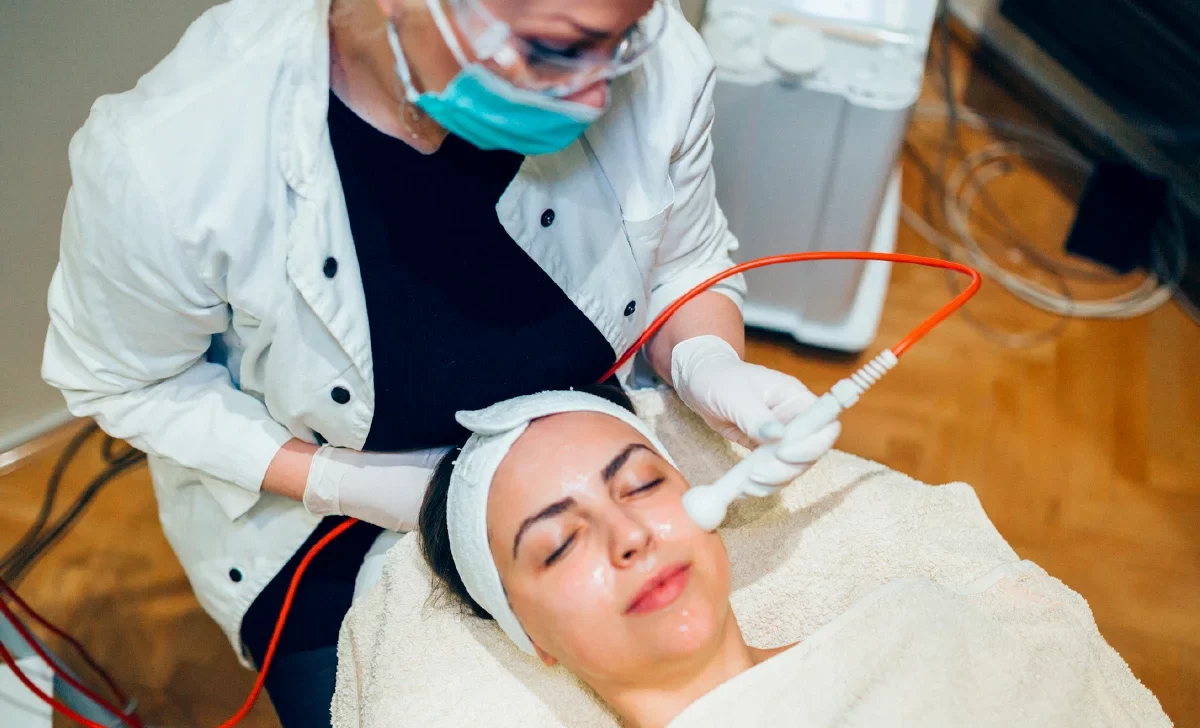Introduction
In our relentless quest for youthful and rejuvenated skin, the world of dermatology presents a non-invasive marvel harnessing the potency of monopolar radiofrequency (RF). IT is designed to smooth, tighten, and contour the skin and is a step towards preserving the vibrant appearance of yesteryears.
Understanding Monopolar Rf
At its core, Monopolar Rf is an RF therapy that meticulously targets the deep, collagen-rich layers of the skin. But what makes this treatment comfortable is the innovative tip that simultaneously vibrates and cools the skin’s surface, ensuring patient comfort throughout the procedure.
Who is the ideal candidate for this procedure?
While Monopolar Rf benefits are many, it’s particularly effective for individuals in their mid-30s to 50s who are beginning to notice sagging skin, fine lines, and other early signs of ageing but aren’t ready for surgical interventions. It’s an excellent middle-ground solution.
How Does It Work?
- Mechanism: As time progresses, the collagen in our skin inevitably breaks down, leading to the familiar foes: wrinkles and sagging. Monopolar Rf emerges as a beacon by promoting new collagen growth, renewing our skin’s former vitality. It achieves this by heating the existing collagen and stimulating new collagen formation. This dual action reduces sagging and restores contours, elevating the overall texture and smoothness of the skin’s surface.
- Depth and Reach: A remarkable feature of Monopolar Rf is its ability to target all three layers of facial skin. This comprehensive approach ensures robust and long-lasting skin rejuvenation. The underlying radiofrequency energy further tightens the collagen, effectively addressing wrinkles and fine lines.
Applications of Monopolar Rf
Monopolar Rf is versatile. It’s not limited to facial rejuvenation alone. Still, it extends its benefits to treat wrinkles and loose skin around the eyes and the body.
Procedure Insights
- Duration: A typical Monopolar Rf session spans between 60 to 90 minutes.
- Post-Procedure: One of the standout features of Monopolar Rf is the minimal to zero downtime. Post-treatment, you can seamlessly transition back to your daily routine, work or leisure, without any hindrance.
The Benefits of Choosing Monopolar Rf
- One-Time Treatment: Unlike some procedures that demand multiple sittings, Monopolar Rf offers the luxury of a single-session treatment.
- Comfort and Safety: The procedure is designed to ensure maximum painless and safe comfort.
- Visible Results: Post-treatment, the rewards are manifold. Patients often report firmer, younger-looking skin. Other commendable outcomes include reduced acne, softened scars, a chiselled jawline, diminished forehead lines, and a significant reduction in jowls.
Cost-Effectiveness
Considering that Monopolar Rf is often a one-time treatment with lasting results, it presents itself as a cost-effective solution in the long run compared to treatments that require frequent touch-ups or maintenance sessions.
Conclusion
In the panorama of skin treatments, Monopolar Rf stands out as an efficient, quick, and long-lasting solution for those aspiring for a youthful appearance. With minimal discomfort and no extensive aftercare, it’s a testament to how modern dermatological advances can offer simple solutions to complex skin ageing problems.
By Dr. Madhuri Agarwal, Founder of Yavana Aesthetics
![]()




